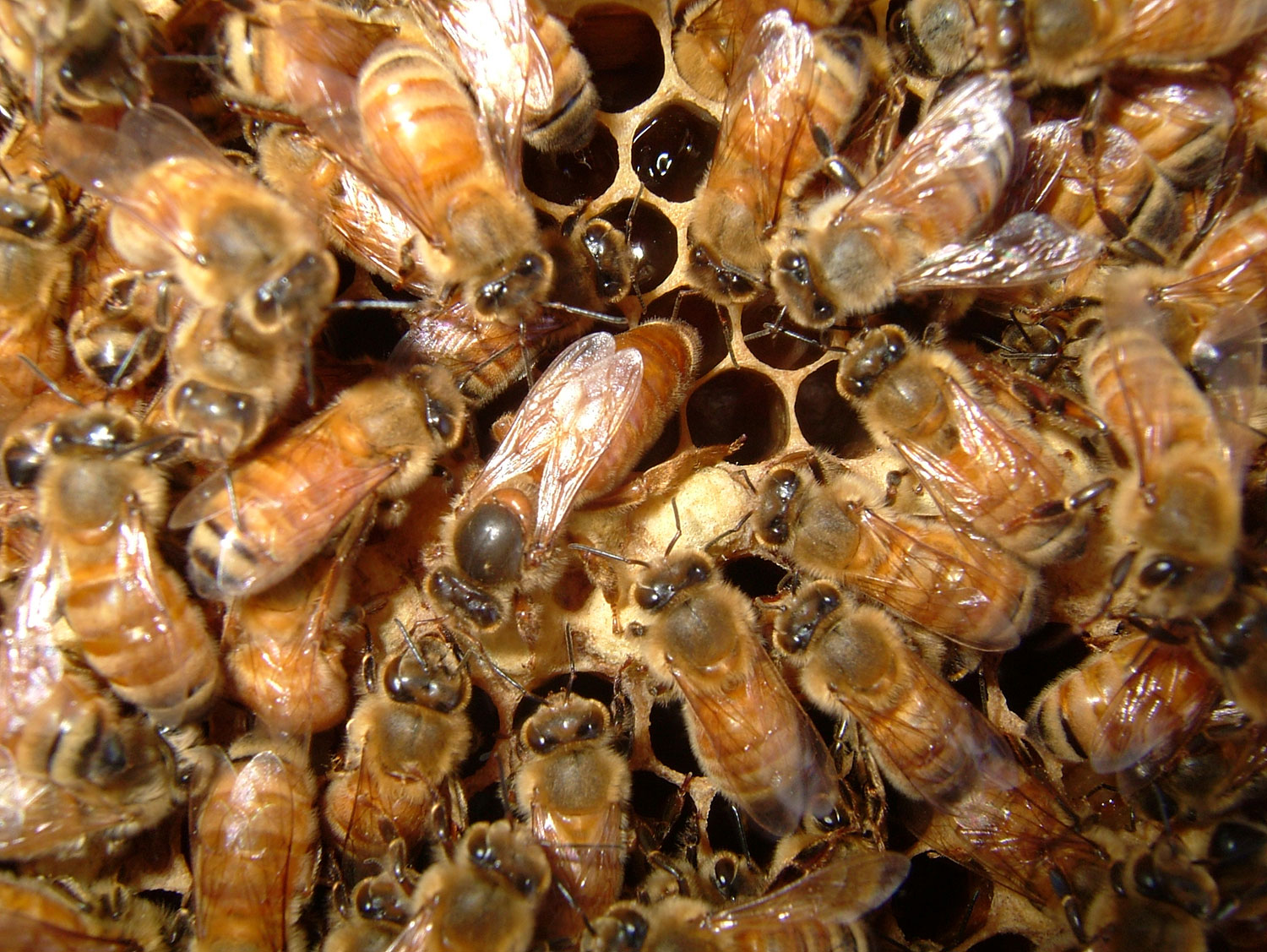First detected in Australia in 2002, small hive beetle (SHB) is now the largest and leading apiary pest in warm, moist locations of eastern Australia. The pest feeds on bee larvae and turns honey into fermented slime, essentially wiping out whole hives.
A Queensland-based research team led by Dr Diana Leemon has completed a three-year research project as part of the AgriFutures™ Honey Bee and Pollination Program, investigating the development of an external attractant trap for SHB in an attempt to reduce numbers affecting hives.
“Over the research period the project team collated the most comprehensive Australian ecological data on SHB to date,” Dr Leemon said.
“Seasonal data on the weekly and fortnightly changes in numbers of the pest trapped in the field and in hives suggest an increase in population numbers is primarily influenced by warm temperatures during rainfall.
“At one particular trial site where these conditions were present, our research team caught more than 5,000 SHB in one apiary in just one year.
“Recent weather conditions in Queensland and New South Wales mean bee hives in these locations are under significant threat and beekeepers must be vigilant.”










